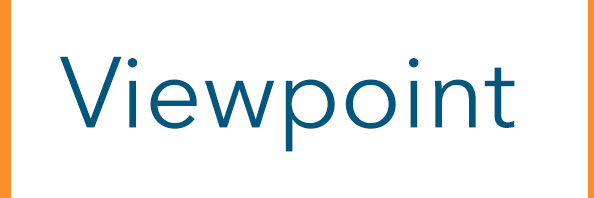There are two questions that probably every community college president in America has likely been asked by the local media in the past few months.
- “What’s the impact of Covid-19 on enrollment?”
- “What could be the impact of federal legislation that makes community colleges tuition free, raises the minimum Pell Grant and invests in student retention?”

Having seen all the stories in this publication and having been asked these questions myself, it is tempting to see increases in federal aid and retention programs as the solution to the longer-term enrollment problem community colleges face. These investments are critically important, particularly for first-generation, economically marginalized and racially minoritized students, but they are only the first step.
Community college enrollment declines have been well documented, dropping by more than one million students (14.4%) between 2010 and 2017, according to research by the American Association of Community Colleges. And projected declines in high school graduates starting in 2025 suggest that enrollment declines could continue, particularly in the Northeast and Midwest. The pressing challenge within those overall numbers is the persistent equity gaps in enrollment in higher education. For example, in 2018, 42% of white 18-to-24-year-olds enrolled in postsecondary education compared to 37% of Black students, 36% of Latinx students and 24% of indigenous students.
Covid-19 exposed and exacerbated inequities in access, particularly at community colleges. We saw severe enrollment declines of over 30% of first-year Black, Indigenous, and Latinx students. An analysis by the Community College Research Center notes that “low-income households were more than twice as likely as high-income households to report a community college student dropping out.”
We need to think more strategically about how we make our institutions hubs for equitable change that best serves our students and our communities. Addressing the enrollment challenge must start with intentionally organizing our institutions to equitably serve the students in our communities. We must shift our focus from helping students become “college-ready” to making our colleges “student-ready.” As Pam Eddinger, president of Bunker Hill Community College recently noted, “The idea that our colleges are at the center of our students’ lives is simply not true.”
We need to better connect with students where they live rather than expecting them to come to us simply because we exist as open-enrollment institutions.
Innovative approaches
Western Technical College in La Crosse, Wisconsin, is providing different populations of students with customized supports and guidance they need to see higher education as an option. The college’s Project Proven helps justice-involved individuals return to the community with better options through career and educational opportunities offered at the college. The college’s Fostering Future Success initiative reaches out to students in the foster care system and works with social workers and high school guidance counselors to ensure students have the continuous and coordinated supports they need to help them transition into college.
Broward College in Florida analyzed enrollment and demographic data to identify communities it was not reaching and worked with community leaders to provide free educational opportunities, workforce training and support services in these neighborhoods, including 15 new community centers in areas where unemployment is highest.
We also need to create educational pathways and adapt our practices to the realities of our students’ lives rather than expecting them to easily adjust their schedules to fit ours. For instance, Ivy Tech Community College Valparaiso in Indiana recently launched its Learn Anywhere initiative which provides students week-to-week flexibility on attending class in-person or online.
Other colleges are experimenting with shortened academic terms to provide flexibility for students with multiple on-ramps to programs, fewer courses for shorter periods of time, and more immediate credit recovery in the event of a disruption. Trident Technical College in North Charleston, South Carolina, made the decision to deconstruct its semester and saw its student course success rates increase from 63.2% to 75.3%, in the fall of 2017 while their withdrawal rates decreased from 15.8% to 9.4%, and their graduation rate increased by 8 percentage points.
Equally important is ensuring that students, particularly those who are disconnected or might not see college as a realistic option, see a pathway that connects them from their current situation to a more meaningful and attainable outcome. Lorain County Community College in Ohio identified the jobs in the area that were in high demand and led to a sustainable wage and then identified the credentials needed to get those positions. College leaders worked with churches, foodbanks and other community organizations to connect with unemployed individuals, some of whom were homeless, to help get them on those pathways, increasing enrollment in their career and technical education programs by over 30%.
Eyes on equity
When discussing his institution’s work to become more student-ready, Amarillo College President Russell Lowery-Hart observed that “to actually help our students succeed, we had to come to terms with who they really were, not who we thought they were, or wished they were.” We absolutely need to remove financial barriers for students who otherwise would not attend college, and that necessarily begins with eliminating tuition and fees for economically marginalized students. But once we open that door, we need to ensure that the opportunities we provide resonate with the students and communities we actually serve. That means first and foremost, all aspects of our institutions must be equity-centered. Enrollments will follow.





